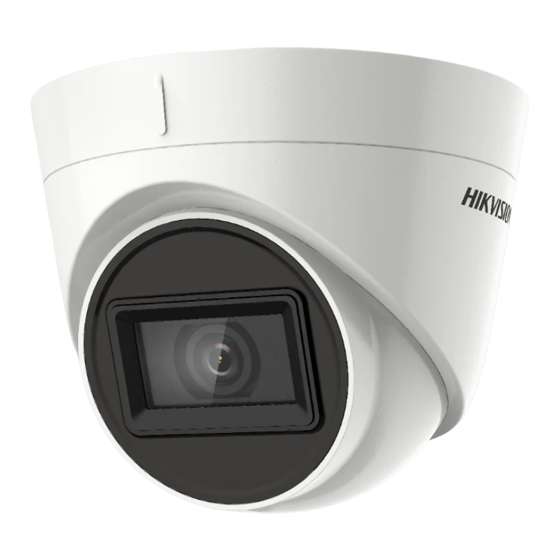
Table of Contents
Advertisement
Quick Links
U1T Series Turret & Dome
User Manual
Thank you for purchasing our product. If there are any
questions, or requests, do not hesitate to contact the
dealer.
This manual applies to the models below:
Type
Type I Camera
Type II Camera
Type III Camera
Type IV Camera
This manual may contain technical incorrect places or
printing errors, and the content is subject to change
without notice. The updates will be added to the new
version of this manual. We will readily improve or update
the products or procedures described in the manual.
TURBO HD
User Manual
Model
DS-2CE78U1T-IT1F
DS-2CE78U1T-IT3F
DS-2CE76U1T-ITPF
DS-2CE76U1T-ITMF
DS-2CE57U1T-VPITF
Camera
0100001080607
Advertisement
Table of Contents










Need help?
Do you have a question about the DS-2CE78U1T-IT1F and is the answer not in the manual?
Questions and answers